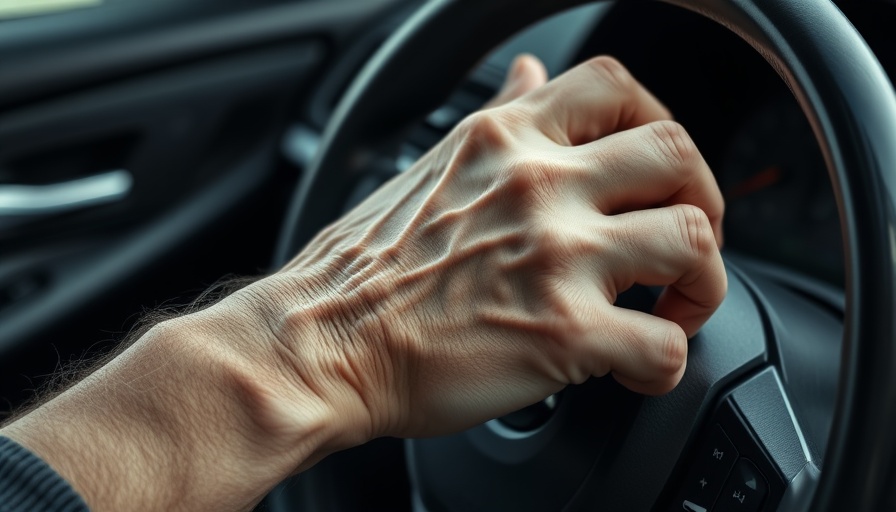
The Emotional Toll of Driving Retirement
For many seniors, the decision to stop driving is laden with emotional challenges. Attorney Mike Agruss notes that relinquishing car keys often feels like losing one’s independence, complicating access to essential services. This loss can lead to feelings of isolation, particularly for those who may not have reliable public transport alternatives. Yet, with the rise of services like Uber Health, there are innovative solutions allowing seniors to maintain their autonomy without risking safety on the road.
Understanding the Risks of Aging Behind the Wheel
As we age, our bodies and brains undergo changes that can impact driving significantly. Factors such as deteriorating vision, hearing loss, and slower reaction times play a pivotal role in driving safety. For example, older adults may struggle with conditions that affect contrast sensitivity, making nighttime driving particularly hazardous. To mitigate these challenges, regular check-ups focusing on sensory capabilities and cognitive health are essential.
Safe Driving Tips for Older Adults
Remaining a safe driver is possible even as one ages. Routine eye exams and adherence to prescribed vision aids can enhance road navigation. Additionally, seniors should stay informed about how medications affect their awareness. By choosing to drive during daylight hours and on familiar routes, older adults can maintain driving independence while prioritizing safety on the roads.
The Future of Transportation for Seniors
The landscape of transportation for seniors is evolving. As digital car services gain traction, they will offer flexibility and convenience tailored to older users. This not only eases the transition from driving but opens doors to a new sense of mobility. The future looks promising, where technology plays a crucial role in maintaining seniors’ independence without the need to navigate the risks of driving.
Inspiring Independence through Community Solutions
Communities play a vital role in supporting senior mobility. Advocacy for better public transportation options is key. Whether introducing ride-sharing initiatives specifically designed for seniors or improving accessibility to public transport, community efforts can greatly impact older adults’ quality of life. In a world where connectivity is paramount, ensuring that seniors can access services and each other without the stress of driving can foster both independence and well-being.
As we navigate the conversation around seniors and driving, it’s imperative to recognize the complexities at play. From emotional challenges to physical limitations, the decision to continue driving is deeply personal. By embracing alternative transportation options and making informed decisions, seniors can thrive in their independence while keeping themselves and others safe on the roads.
 Add Row
Add Row  Add
Add 




Write A Comment